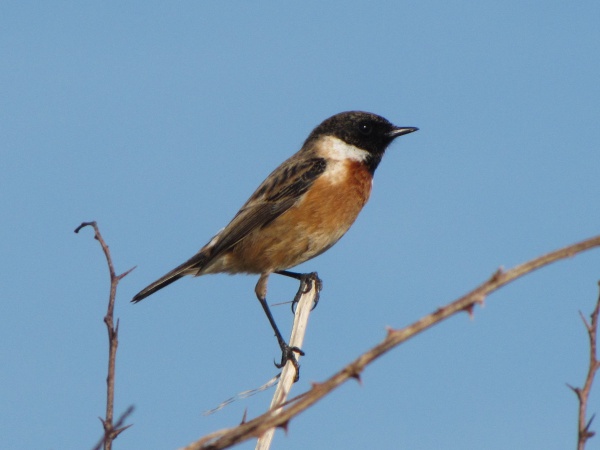Facts About European stonechat
The European stonechat is a delightful small bird that was once considered merely a subspecies of the common stonechat. However, genetic research has since elevated its status, recognizing it as a member of the Old World flycatcher family. There are two primary subspecies: Saxicola rubicola rubicola and Saxicola rubicola hibernans. These subspecies exhibit slight variations in their plumage and distribution across Europe.
Historically, the European stonechat was grouped with the Siberian and African stonechats under the collective term "common stonechat." Today, however, it is celebrated as its own distinct species.
European stonechats typically reside in heathlands, coastal dunes, and grassy areas with an abundance of shrubs, gorse, or bramble. While some individuals remain in the same location year-round, others undertake short migrations to the south during winter.
The male European stonechat is known for its high, twittering song, and both genders produce a clicking call reminiscent of stones being knocked together—hence the name "stonechat." The genus name, Saxicola, translates to "rock-dweller" aptly describing their preferred habitats.
There are noticeable differences in coloration between the subspecies and even between males and females. A study conducted in 2015 provided further insight into their behavior and ecology, particularly concerning their breeding habits and migratory patterns.

 Ireland
Ireland